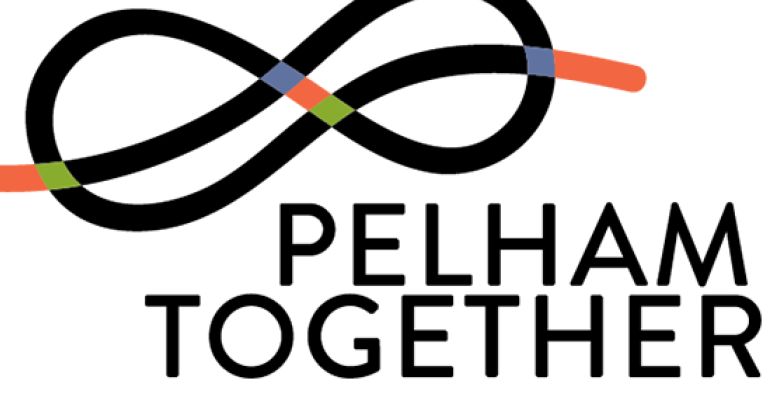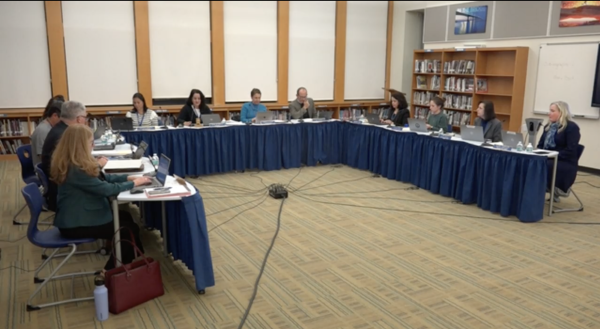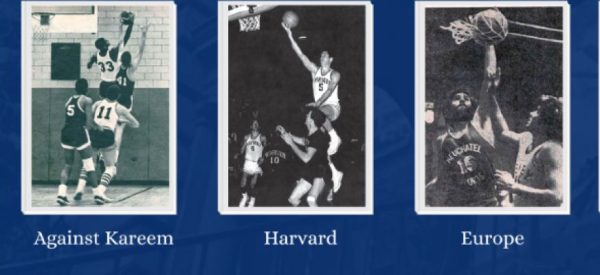25% of Pelham students drink, 13% vape, according to Pelham Together final report on student survey
A quarter of Pelham students use alcohol—with 56% of seniors reporting drinking—while 17% binge drink, according to a report released this week by Pelham Together. Marijuana usage in general and vaping marijuana was reported at 9%. Vaping continued to be a significant factor in student’s lives, with 13% reporting having done so, said the report, which was based on a survey of behavior over the previous 30 days given last school year.
In mental health, non-binary, Asian and multiracial students reported levels of depression or anxiety far above those of their peers.
Pelham Together released the full report Tuesday following a presentation of highlights in June where parents, school officials and others discussed results of the biennial wellness study.
A total of 536 Pelham students in grades 8, 10 and 12 took the survey. Almost 70% of students reported themselves to be white, while 13% identified as Hispanic/Latino, 8% as biracial/multiracial, 5% Asian/Asian Pacific Islander and 5% as African American/black.
The report was broken into two main portions, one regarding substance abuse and the other on mental health.
In substance use (alcohol, binge drinking, marijuana, vaping, vaping marijuana), results were dramatically different among each of the three grade groups, with none of the measures breaking 5% for the 8th grade. Tenth grade reported below 15% in all categories, except for 24% who reported drinking. Twelfth grade reported the highest numbers: 56% drank, 44% reported binge drinking, 22% consumed marijuana, 30% vaped and 24% vaped marijuana.
With the exception of a two percentage point gain in 12th grade marijuana usage, all grades reporting drinking, marijuana usage and binge drinking has declined since the 2009 survey.
Self-reported female students drank at a higher rate than their male counterparts, with 28% having consumed alcohol in the last 30 days and 19% reporting binge drinking. Males reported 21% for drinking and 15.6% for binge drinking.
“As students move from the 8th grade to 12th grade, boys and girls continue to drink at increasing rates, and the gap between them widens—a higher percentage of girls are drinking and binge drinking than boys,” the report said. “These behaviors are beginning earlier for girls than boys and continue at a higher rate for girls through 12th grades.”
Compared to the national averages, Pelham was 6 percentage points higher in drinking, 8 percentage points higher in binge drinking and 3 percentage points higher in vaping marijuana. Student behavior fell three percentage points below national marijuana usage and seven percentage points below the national vaping average.
Compared to results from other high-achieving schools, Pelham’s numbers were lower in all categories.
Notably, 8th and 10th graders surveyed below the Westchester County average in every category (with the exception of vaping marijuana, which had no county statistics), while 12th graders were above the average in alcohol usage and binge drinking but below the county average in vaping and marijuana usage.
“The primary reason selected by students for using alcohol was to socialize; the primary reason for using marijuana selected by students was to relieve stress; and the primary reason for vaping selected by students was to relieve stress,” the report said.
In the mental health section of the study, 5.8 percent of students reported experiencing anxiety, 6.3 percent depression and 6.3 percent rule breaking.
Anxiety and depression among non-binary students far outpaced results from their peers, with 17.7% of this group saying they were depressed in the past 30 days, while 23.5% percent listed anxiety.
Asian and multiracial students were depressed at far higher rates than other groups: 15.4% for Asian and 17.8% for multiracial. The depression rates for other groups: African American (7.1%), Caucasian (3.9%) and Latino (9%).
In studying peer relationships and social media, the survey found social media was the most statistically significant and generated only negative outcomes—anxiety and depression. “The higher the level of social media comparison, meaning the worse they feel when making comparisons, the higher the rate of anxiety and depression symptoms for Pelham girls and boys,” the report said.
In the general area of pressure, relationships were the leading driver, with teacher and parent relationships topping the list in the first and second position. “For girls, this factor also significantly impacts their levels of rule breaking and substance us,” the report said.
Enjoyment of activities and total sleep were both linked to positive outcomes, while academic anxiety led to reports of higher levels of general anxiety and depression among females.
The report noted that it is entirely reliant on student honesty, as it is self reported, and that it doesn’t prove one thing causes the other, rather merely that as one increases, the other does so as well. The survey was given on school-owned Chromebooks.
Nick Lieggi is a freshman at Oxford College of Emory University and was a member of the PMHS class of 2020. He began his journalism career at the Pelham...












